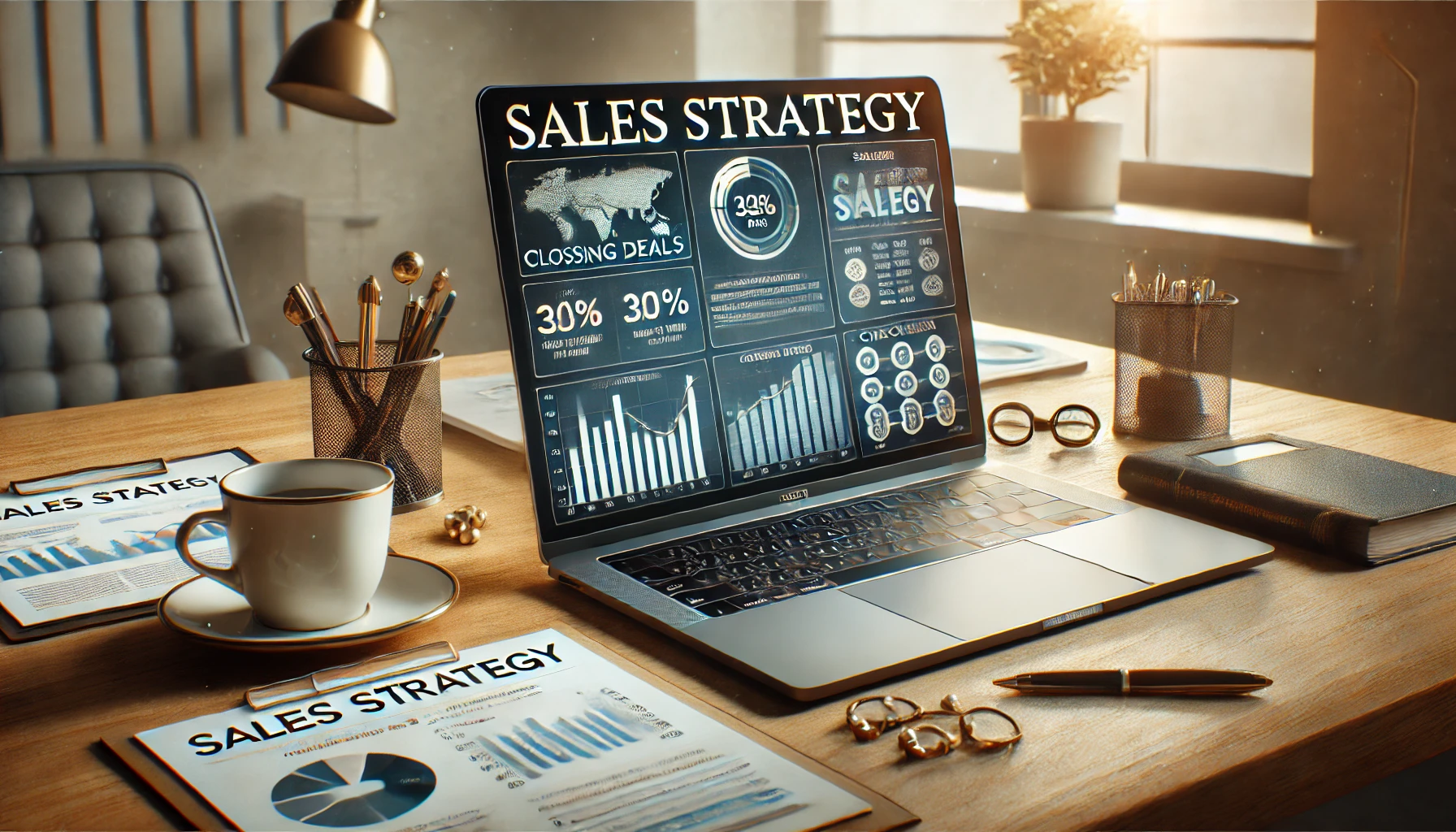A strong sales strategy is essential for any business looking to grow revenue, attract more customers, and outperform competitors. Selling isn’t just about convincing people to buy—it’s about understanding customer needs, building relationships, and offering real value.
In this article, we’ll explore how to create an effective sales strategy that drives consistent growth.
Why a Sales Strategy is Crucial
A well-defined sales strategy helps:
✅ Increase revenue – More effective sales efforts lead to higher profits.
✅ Target the right customers – Focus on prospects who are most likely to buy.
✅ Improve conversion rates – Turn more leads into paying customers.
✅ Create a scalable sales process – Develop repeatable steps for long-term success.
✅ Give your team direction – Clear goals and methods improve performance.
Now, let’s break down the key steps to developing a winning sales strategy.
1. Define Your Target Audience
Selling to everyone is ineffective. Instead, identify your ideal customer by analyzing:
- Demographics – Age, gender, income level, location.
- Pain points – What problems does your product solve?
- Buying behavior – How do they research and make purchasing decisions?
- Industry & interests – What trends or needs drive their purchases?
Example: If you sell high-end fitness equipment, your ideal customer might be health-conscious professionals aged 25-45 who value quality and performance.
2. Develop a Unique Value Proposition (UVP)
Why should customers choose you over competitors? Your Unique Value Proposition (UVP) should clearly explain:
- What makes your product/service special.
- The key benefits customers will get.
- How your offering solves a specific problem.
Example UVP:
“Our AI-powered marketing software helps small businesses automate customer engagement, saving time and increasing revenue by 40%.”
3. Build a Repeatable Sales Process
A structured sales process improves efficiency and conversion rates. A typical process includes:
1️⃣ Lead Generation – Attract potential customers through ads, social media, referrals, and content marketing.
2️⃣ Lead Qualification – Identify prospects who are most likely to buy.
3️⃣ Sales Pitch & Product Demo – Showcase your solution’s value.
4️⃣ Handling Objections – Address customer concerns and questions.
5️⃣ Closing the Sale – Finalize the purchase and secure commitment.
6️⃣ Follow-Up & Retention – Keep customers engaged for future sales.
4. Use Multiple Sales Channels
Maximize your reach by selling through various channels:
- Direct Sales – Personalized selling through calls, meetings, or events.
- E-commerce & Online Sales – Websites, landing pages, and social media shops.
- Retail & Physical Locations – Ideal for brick-and-mortar businesses.
- Affiliate & Partner Programs – Leverage other businesses or influencers to drive sales.
Example: A fashion brand might use Instagram shopping, email campaigns, and influencer partnerships to boost sales.
5. Leverage Sales Technology
Modern tools can streamline your sales process and improve efficiency. Some useful tools include:
- CRM Software (HubSpot, Salesforce) – Manage customer relationships.
- Email Automation (Mailchimp, ActiveCampaign) – Nurture leads with automated emails.
- Live Chat & Chatbots (Zendesk, Drift) – Engage potential customers in real time.
- Sales Analytics Tools (Google Analytics, Pipedrive) – Track performance and optimize strategies.
6. Train and Motivate Your Sales Team
If you have a sales team, ensure they have the skills, motivation, and resources to close deals effectively.
✅ Provide sales training on objection handling, negotiation, and closing techniques.
✅ Set clear sales goals with performance-based incentives.
✅ Encourage a growth mindset and continuous learning.
✅ Use role-playing exercises to improve real-world selling skills.
7. Track Performance and Optimize
A great sales strategy is always evolving. Regularly analyze:
📊 Conversion Rates – What percentage of leads turn into customers?
💰 Revenue Growth – Is your sales strategy increasing profits?
🎯 Customer Acquisition Cost (CAC) – How much does it cost to get a new customer?
📈 Customer Lifetime Value (CLV) – How much revenue does each customer generate over time?
If a strategy isn’t working, adjust and test new approaches.
Conclusion: A Strong Sales Strategy Fuels Business Growth
An effective sales strategy is the key to consistent business growth. By defining your audience, perfecting your value proposition, using multiple sales channels, and leveraging technology, you can increase conversions and drive long-term success.
What’s one change you can make today to improve your sales strategy?
